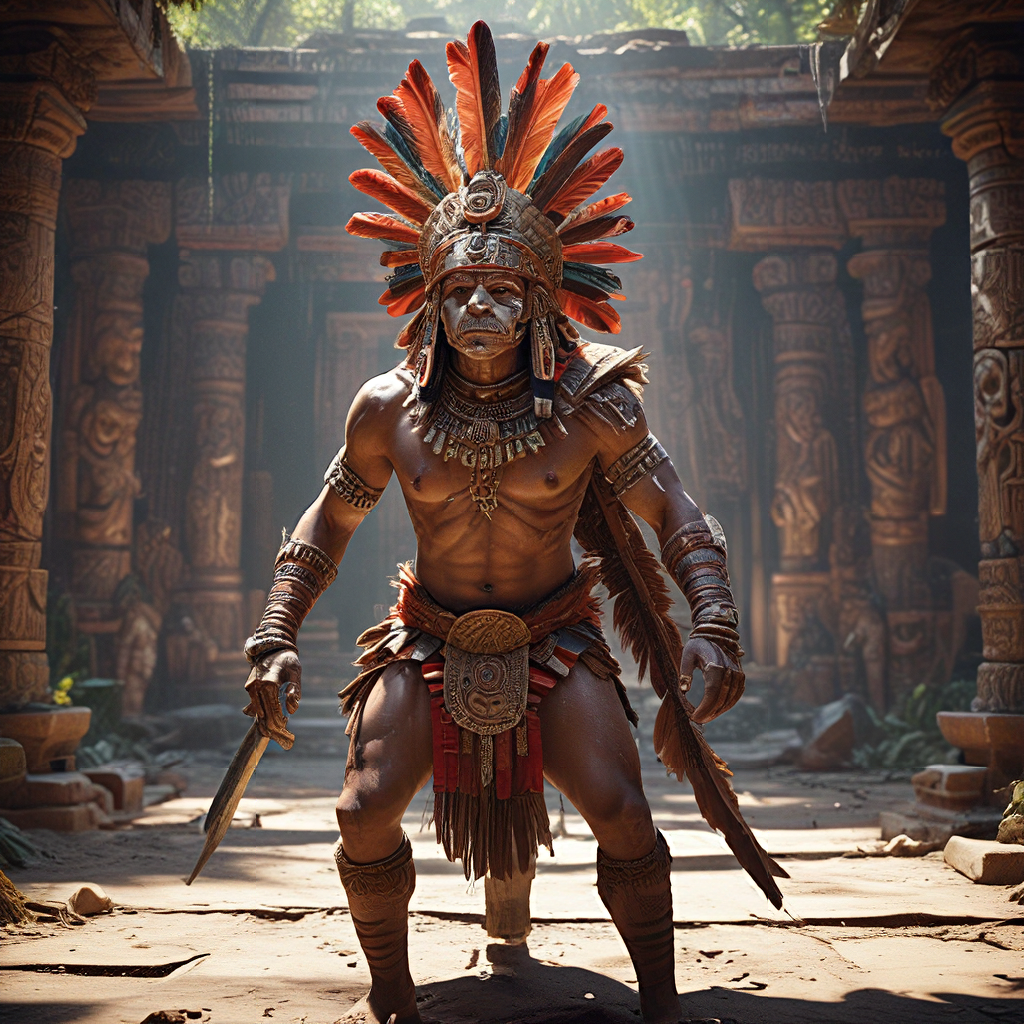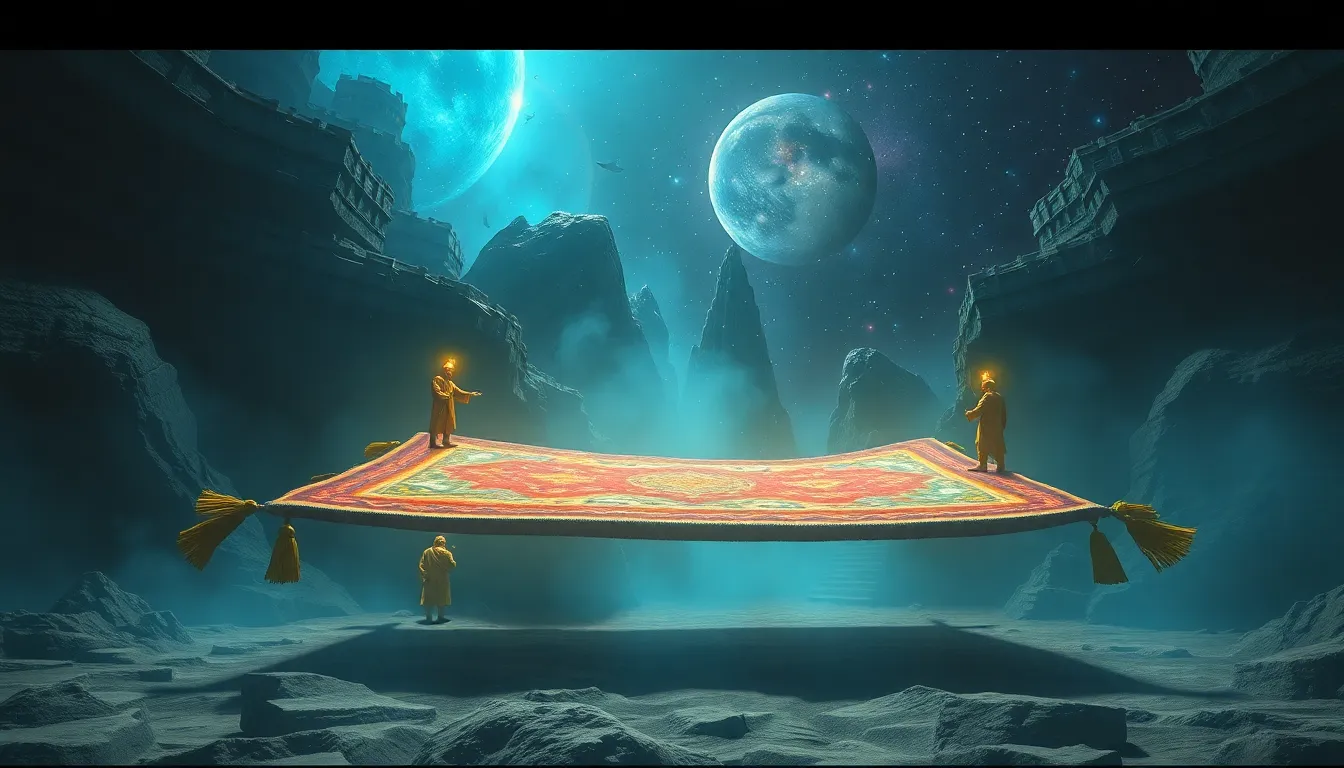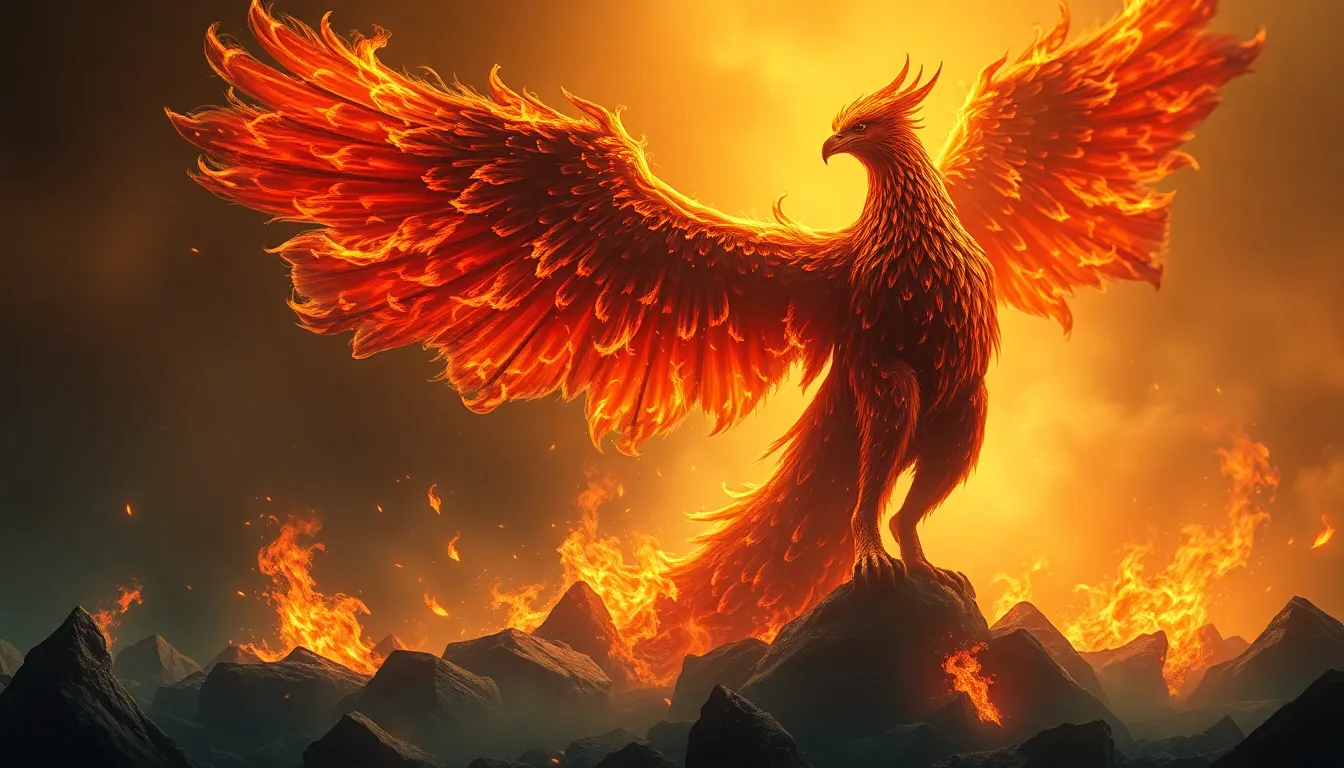Unraveling the Mysteries of Aztec Sacrificial Rituals
The Aztec Cosmovision: A World of Constant Renewal
The Aztec civilization, known for its advanced culture and complex social structure, held a unique worldview that shaped their beliefs and practices. At the heart of this worldview was a cosmic order that required constant renewal and maintenance. This belief was deeply connected to their understanding of the sun, which they believed was responsible for life and energy on Earth. The Aztecs believed that the sun needed to be constantly nourished with human blood to ensure its journey across the sky, and thus, the continued existence of the world.
– The Sun Stone: A Visual Representation of Aztec Cosmology.
The Aztec Sun Stone, also known as the Calendar Stone, is one of the most iconic symbols of Aztec culture. This massive stone sculpture, weighing over 24 tons, represents the Aztec understanding of time, the universe, and the importance of sacrifice. The central figure of the Sun Stone is the sun god Tonatiuh, surrounded by the four previous suns – each representing a different era of the world. The Sun Stone also features other important deities, including the god of rain, Tlaloc, and the goddess of the moon, Coyolxauhqui. The imagery of the Sun Stone reflects the cyclical nature of Aztec cosmology, where time is seen as a repeating pattern of creation, destruction, and renewal.
– The Importance of Blood Sacrifice in Maintaining the Cosmic Order.
Central to the Aztec worldview was the belief that blood sacrifice was essential to maintain the balance of the universe and ensure the sun's continued journey. They believed that the gods demanded this blood as payment for their creation and sustenance of the world. For the Aztecs, human sacrifice wasn't just a religious act, it was a vital part of their daily lives, a way to ensure their survival and prosperity.
The Nature of Aztec Sacrifice: More Than Just “Bloodlust”
The Aztecs are often associated with bloodthirsty rituals, but their practice of sacrifice was far more complex than that. While it is true that they performed human sacrifice, they didn't view it solely as an act of barbarism or cruelty. Instead, they believed it was a solemn and essential ritual for maintaining the cosmic order.
– Human Offerings: Not Only Warriors, But Also Children and Captives.
The individuals chosen for sacrifice were not simply random victims. They often included prisoners of war, but also children, young women, and even nobles. These offerings were seen as representations of different aspects of the world – the warrior representing strength, the child representing innocence, and the captive representing the vanquished enemy.
– The Significance of the Heart: Connection to the Heart of the Sun.
The heart of the sacrificed individual was considered the most sacred part of the body. During the ritual, the heart would be extracted and offered to the sun god Tonatiuh. This act was symbolic of the transfer of life energy from the sacrificed individual to the sun, ensuring its power and vitality.
The Ritualistic Context: A Complex and Symbolic Ceremony
Aztec sacrifice was not a brutal act performed hastily. It was a complex and elaborate ritual that involved many steps and participants. The process was designed to be both awe-inspiring and terrifying, emphasizing the power of the gods and the fragility of human life.
– The Temple of the Great Pyramid: A Sacred Space for Sacrifice.
The most important location for Aztec sacrifice was the Temple of the Great Pyramid, located in the heart of Tenochtitlan, the Aztec capital. This massive structure, with its steep steps leading to the top, served as a sacred space for the performance of rituals and offerings. The temple was a visual reminder of the Aztec belief in sacrifice and the power of their gods.
– The Role of Priests and Ritual Specialists.
The priests and ritual specialists played a crucial role in the performance of sacrifice. They were responsible for selecting the individuals to be sacrificed, preparing the rituals, and ensuring the proper execution of the ceremony. These individuals were considered highly skilled and knowledgeable in the sacred arts, and their roles were vital to maintaining the cosmic order.
Theories on the Purpose of Aztec Sacrifice
There are many different theories about the purpose of Aztec sacrifice. While some theories emphasize the ritual's practical aspects, such as ensuring agricultural productivity, others focus on its metaphorical and symbolic significance.
– The “Blood for Rain” Theory: A Connection to Agricultural Cycles?
One prominent theory suggests that Aztec sacrifice was a way to appease the rain god Tlaloc, ensuring a bountiful harvest. This theory connects sacrifice to the agricultural cycle, where the spilling of blood symbolized the cycle of death and rebirth essential for the growth of crops.
Unraveling the Mysteries of Aztec Sacrificial Rituals
The Aztec Cosmovision: A World of Constant Renewal
The Aztec civilization, known for its advanced culture and complex social structure, held a unique worldview that shaped their beliefs and practices. At the heart of this worldview was a cosmic order that required constant renewal and maintenance. This belief was deeply connected to their understanding of the sun, which they believed was responsible for life and energy on Earth. The Aztecs believed that the sun needed to be constantly nourished with human blood to ensure its journey across the sky, and thus, the continued existence of the world.
– The Sun Stone: A Visual Representation of Aztec Cosmology.
The Aztec Sun Stone, also known as the Calendar Stone, is one of the most iconic symbols of Aztec culture. This massive stone sculpture, weighing over 24 tons, represents the Aztec understanding of time, the universe, and the importance of sacrifice. The central figure of the Sun Stone is the sun god Tonatiuh, surrounded by the four previous suns – each representing a different era of the world. The Sun Stone also features other important deities, including the god of rain, Tlaloc, and the goddess of the moon, Coyolxauhqui. The imagery of the Sun Stone reflects the cyclical nature of Aztec cosmology, where time is seen as a repeating pattern of creation, destruction, and renewal.
– The Importance of Blood Sacrifice in Maintaining the Cosmic Order.
Central to the Aztec worldview was the belief that blood sacrifice was essential to maintain the balance of the universe and ensure the sun's continued journey. They believed that the gods demanded this blood as payment for their creation and sustenance of the world. For the Aztecs, human sacrifice wasn't just a religious act, it was a vital part of their daily lives, a way to ensure their survival and prosperity.
The Nature of Aztec Sacrifice: More Than Just “Bloodlust”
The Aztecs are often associated with bloodthirsty rituals, but their practice of sacrifice was far more complex than that. While it is true that they performed human sacrifice, they didn't view it solely as an act of barbarism or cruelty. Instead, they believed it was a solemn and essential ritual for maintaining the cosmic order.
– Human Offerings: Not Only Warriors, But Also Children and Captives.
The individuals chosen for sacrifice were not simply random victims. They often included prisoners of war, but also children, young women, and even nobles. These offerings were seen as representations of different aspects of the world – the warrior representing strength, the child representing innocence, and the captive representing the vanquished enemy.
– The Significance of the Heart: Connection to the Heart of the Sun.
The heart of the sacrificed individual was considered the most sacred part of the body. During the ritual, the heart would be extracted and offered to the sun god Tonatiuh. This act was symbolic of the transfer of life energy from the sacrificed individual to the sun, ensuring its power and vitality.
The Ritualistic Context: A Complex and Symbolic Ceremony
Aztec sacrifice was not a brutal act performed hastily. It was a complex and elaborate ritual that involved many steps and participants. The process was designed to be both awe-inspiring and terrifying, emphasizing the power of the gods and the fragility of human life.
– The Temple of the Great Pyramid: A Sacred Space for Sacrifice.
The most important location for Aztec sacrifice was the Temple of the Great Pyramid, located in the heart of Tenochtitlan, the Aztec capital. This massive structure, with its steep steps leading to the top, served as a sacred space for the performance of rituals and offerings. The temple was a visual reminder of the Aztec belief in sacrifice and the power of their gods.
– The Role of Priests and Ritual Specialists.
The priests and ritual specialists played a crucial role in the performance of sacrifice. They were responsible for selecting the individuals to be sacrificed, preparing the rituals, and ensuring the proper execution of the ceremony. These individuals were considered highly skilled and knowledgeable in the sacred arts, and their roles were vital to maintaining the cosmic order.
Theories on the Purpose of Aztec Sacrifice
There are many different theories about the purpose of Aztec sacrifice. While some theories emphasize the ritual's practical aspects, such as ensuring agricultural productivity, others focus on its metaphorical and symbolic significance.
– The “Blood for Rain” Theory: A Connection to Agricultural Cycles?
One prominent theory suggests that Aztec sacrifice was a way to appease the rain god Tlaloc, ensuring a bountiful harvest. This theory connects sacrifice to the agricultural cycle, where the spilling of blood symbolized the cycle of death and rebirth essential for the growth of crops.
– The “Ensuring the Sun’s Journey” Theory: A Cosmic Obligation.
Another prevalent theory emphasizes the sun god Tonatiuh, arguing that the Aztecs believed the sun needed a constant supply of blood to continue its journey across the sky. This theory highlights the cosmic obligation of the Aztecs to nourish the sun, which they saw as their primary duty to ensure the continued existence of the world.
– The “Terror and Power” Theory: Maintaining Social Order through Fear.
A different perspective suggests that sacrifice served as a way to maintain social order through fear and awe. The brutality of the rituals, along with the widespread belief in the gods' wrath, served as a deterrent against rebellion or disobedience.
Beyond the Brutal: A Deeper Look at Aztec Sacrifice
While the brutality of Aztec sacrifice is undeniable, it's important to go beyond the image of blood and violence. Sacrifice played a significant role in Aztec art, literature, and their understanding of the world.
– The Significance of Sacrifice in Aztec Art and Literature.
Aztec art is rich with imagery that reflects the importance of sacrifice. Sculptures, murals, and codices often depict scenes of sacrifice, showcasing the ritual's solemnity and its connection to the powers of the gods. Aztec literature also explores themes of sacrifice, with stories and poems that capture the bravery of those who offered themselves for the greater good.
– The Connection of Sacrifice with the concept of “Tenochtitlan” as the “World Center”.
The heart of sacrifice was Tenochtitlan, the Aztec capital, which they believed was the center of the universe. This belief was deeply intertwined with the practice of sacrifice, as Tenochtitlan served as the place where the gods were appeased and the cosmic order was maintained.
Interpreting Aztec Sacrifice: A Challenge for Modern Scholarship
The study of Aztec sacrifice presents a significant challenge for modern scholarship. Colonial accounts, often written with a bias against indigenous cultures, have heavily influenced our understanding of Aztec practices. This legacy has led to stereotypes that portray the Aztecs as bloodthirsty barbarians, obscuring the complex religious and cultural context of sacrifice.
– The Influence of Colonial Accounts on Our Understanding of Aztec Sacrifice.
After the Spanish conquest of the Aztec Empire, accounts written by Spanish chroniclers dominated the narrative of Aztec history. These accounts, often motivated by a desire to portray the indigenous populations as uncivilized and needing salvation, tended to exaggerate the brutality of Aztec sacrifice. This has led to a distorted perspective on Aztec culture, where sacrifice is seen as an act of pure cruelty, rather than a complex religious practice with deep spiritual and cosmological significance.
– Reconsidering the “Bloodthirsty” Stereotype: Reframing our Perspective.
It is important to challenge the "bloodthirsty" stereotype that has been associated with the Aztecs. By examining the historical evidence and considering the Aztec worldview, we can begin to understand sacrifice as a complex ritual that was integral to their culture and belief system. Sacrifice was not just a violent act but a fundamental part of Aztec life that shaped their understanding of the universe, their relationship with the gods, and their place in the cosmic order.
FAQ
1. Why did the Aztecs sacrifice humans?
The Aztecs believed that human sacrifice was essential to maintain the balance of the universe and ensure the sun's continued journey. They believed that the gods demanded this blood as payment for their creation and sustenance of the world.
2. What was the purpose of extracting the heart during sacrifice?
The heart was considered the most sacred part of the body. Extracting and offering the heart to the sun god Tonatiuh symbolized the transfer of life energy from the sacrificed individual to the sun, ensuring its power and vitality.
3. Why is the Aztec Sun Stone important?
The Aztec Sun Stone represents the Aztec understanding of time, the universe, and the importance of sacrifice. It depicts the sun god Tonatiuh, surrounded by the four previous suns, representing the cyclical nature of Aztec cosmology.
4. Where did the Aztecs perform sacrifice?
The most important location for Aztec sacrifice was the Temple of the Great Pyramid, located in the heart of Tenochtitlan, the Aztec capital. This massive structure served as a sacred space for the performance of rituals and offerings.
5. What role did priests play in Aztec sacrifice?
Aztec priests were responsible for selecting the individuals to be sacrificed, preparing the rituals, and ensuring the proper execution of the ceremony. They were considered highly skilled and knowledgeable in the sacred arts.
6. Were only warriors sacrificed by the Aztecs?
No,



